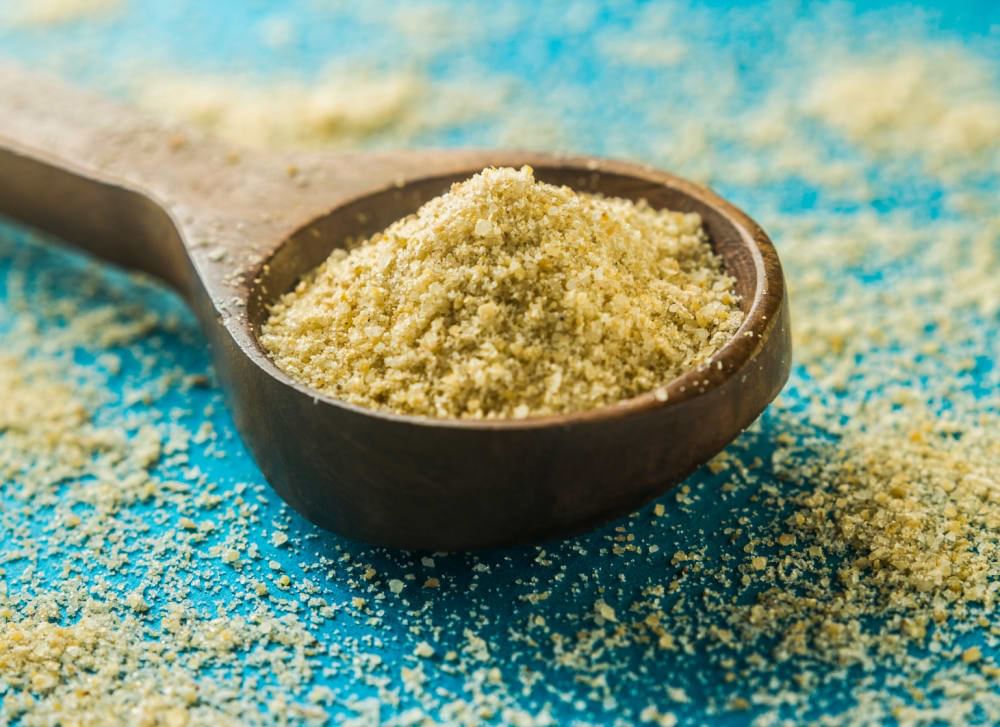Different Types Of Asanas And Their Benefits - Bodywise

Different Asanas have been a significant part of yoga for centuries, and they work wonders in maintaining a healthy and robust body. Asanas can be learned with the help of a professional in case of any physical implications. If not, you can easily learn them yourself by following a few essential instructions.
What Is Asana?
You must have come across the term Asana in a yoga class or in any yoga-related discussions. But, what does an Asana mean? In simple words, Asana is physical posture or stance attained while performing yoga. It is a physical practice of yoga that impacts the body. In Sanskrit, Asana means “seat”, mainly achieved during meditation.
Benefits of Asanas
The practice of Yoga Asanas has been around for ages because of their several health benefits. Following are some of the most significant benefits of asanas:
- Yoga asanas help stretch our back, knees, and hips, thus relieving tension and muscle pain.
- Yoga poses help calm our minds and reduce stress and anxiety. They also boost concentration.
- As the body movement during yoga stretches our muscles, blood circulation in the body increases. It makes the body more flexible.
- The majority of the yoga poses require us to sit or stand with our backs straight. It helps in improving body posture and also increases strength.
Also Read: Can We Do Yoga In Evening & What Are The Poses You Can Try in Evening?
Types of Asanas
Following are some of the most common types of yoga asanas that people regularly practice:
1. Shavasana
This asana is also called the corpse pose because it requires one to lay down on the floor in a still position. It is the best yoga pose for the relaxation of the body and mind.
2. Sukhasana
In this pose, one has to sit in a cross-legged posture with their back straight. This pose helps in reducing stress and anxiety and also strengthens the back.
3. Sirsasana-
It is the king of all yoga poses. Sirsasana is the inverted yoga pose where one has to perform a headstand for a few minutes. It strengthens the core and also helps in reducing swelling in the legs.
4. Vajrasana
It is commonly called the thunderbolt or the diamond pose, in which one has to fold their legs and sit in a kneeling position.
5. Tadasana
Commonly called the mountain pose, tadasana requires one to stand on their toes with hands stretched above. It is best for improving posture and body balance.
6. Kursi Asana
It is called the chair pose, in which one has to bend their knees slightly and stretch both their hands upwards. Kursiasana helps in relaxing the lower back muscles and also tones the thighs.
7. Balasana
It is also called the child resting pose, in which one has to kneel and bend their body forward so that the forehead touches the ground. It helps in reducing back and neck pain.
8. Setu Bandhasana
It is called the bridge pose. Here, the back is lifted from the ground to resemble a bridge. Setu Bandhasana helps in improving digestion and blood circulation in the body.
9. Bhujangasana
Also known as the cobra pose, bhujangasana requires laying down on the stomach and stretching the torso. It strengthens the shoulders and spine and is also good for the nervous system.
10. Padmasana
It is also called the lotus pose. In Padmasana, one has to sit crossed-legged with their ankles resting on opposite thighs. It improves posture, increases blood circulation, and tones the hips.
11. Vrikshasana
In this pose, you need to stand straight like a tree with one foot on the other leg. It helps in improving body balance.
12. Naukasana
Also called the boat pose, where one sits on their hips with the upper body and feet lifted. Naukasana strengthens the core and abdominal muscles and also improves the health of the kidney and liver.
13. Gomukhasana
It is also commonly known as the cow face pose. Gomukhasana is beneficial in reducing knee and back pain. It also strengthens the spine and hip joints.
14. Sarvangasana
This pose is called the shoulder stand, in which one has to lift their body with the help of their shoulders. Sarvangasana is good for getting relief from constipation and back pain.
15. Dhanurasana
Known as the bow pose, dhanurasana helps in reducing body fat. It also strengthens the thighs, back, shoulders and improves flexibility.
16. Trikonasana
It is called the extended triangle pose. Trikonasana improves blood circulation in the body and improves heart health. It also helps in getting rid of lower back pain.
17. Dandasana
Also called the plank pose, dandasana is one of the best yoga poses to improve body posture. It also helps to calm the mind.
18. Uttanasana
It is the standing forward bend pose where one needs to stand straight and bring their upper body down. Uttanasana helps in releasing tension from the back and neck and also makes the legs strong.
19. Paschimottanasana
It is the seated forward bend pose where one needs to sit down with their legs stretched and the upper body bent forward. Paschimottanasana is good for improving digestion. It also improves blood flow in the abdominal region.
20. Malasana
This is the yoga squat pose. It stretches the pelvic muscles and helps in reducing pain during childbirth.
Why Do We Practice Yoga Poses?
There can be several reasons why people practice yoga poses. While most people start yoga to treat their injuries or get rid of back pain, they continue to practice yoga even after their injury heals. This is primarily due to one reason; yoga help in maintaining a healthy lifestyle.
It prevents physical injuries, offers a feeling of serenity, and makes one feel relaxed while helping them connect with their inner selves. It is also said that yoga helps purify our aura or energies. As we switch from one yoga pose to another, the energy blockages in the bodies start opening.
Summing Up on Types of Asanas
In outline, there are multiple kinds of Asanas targeted towards working on specific areas of your body. These include Savasana, Sukhasana, Sirasana, Vajrasana and many more. So, have you attempted any of these Asanas before? If not, here’s your chance to do so today. Make sure you consult a doctor before practising these asanas if you have any existing health complications.
FAQ’s
How Many Types of Asanas Are There?
Through the years, many Asanas have been discovered and listed. In the 10th or 11th century and the 15th century, 84 Asanas were discovered by Goraksha Sataka and Hatha Yoga Pradipika. In the 17th century, 84 new Asanas were added to this list by Hatha Ratnavali.
Next, in the 20th century, Yogendra Kuvalayananda and Krishnamacharya described the importance of Asanas. Moreover, the founders of Ashtanga vinyasa yoga and Iyengar, founder of Iyengar yoga, identified hundreds of more Asanas together. The idea of Asana prevailed in the western world due to their contribution. Lastly, more Asanas have been recognised through the years, and in 1966, around 200 were discovered.
Which Is Not a Type of Asana?
There is no correct answer to this; however, Asanas can be categorised into different types such as meditative, cultural, and relaxing Asana. Meditation may not be a type of Asana.
What Is the Oldest Form of Yoga?
The oldest form of yoga is Vedic yoga, which was brought to light during the Rig Veda. Rig Veda is the oldest written work in Sanskrit. It was established around 10,000 years ago, during the Satya Yuga or Golden Age.
Which Is the King of Asana?
Shirshasana, Salamba Shirshasana, or Yoga Headstand, is considered the king of Asanas. It was described as an Asana and a Mudra.
Who Is the Queen of Yoga?
The Sarvangasana pose is often called the queen of yoga.

